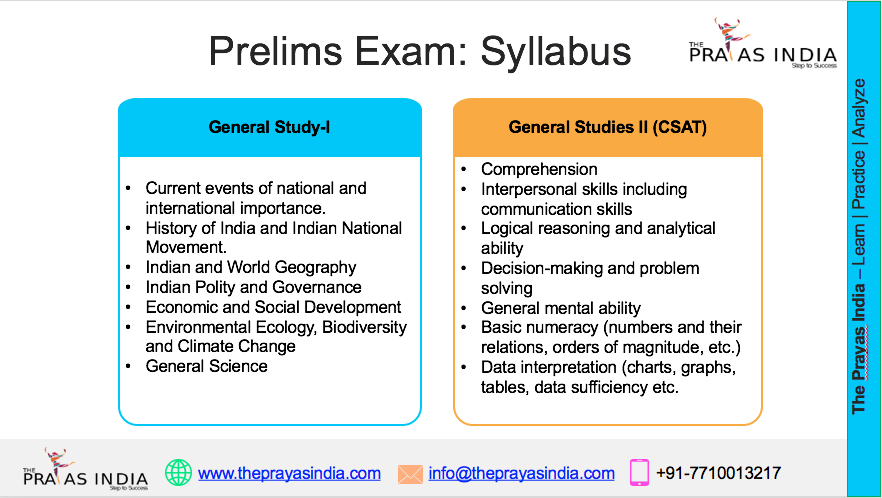Women Economic Empowerment Index: Driving Inclusive Growth in India
India’s steady push for a $30 trillion economy by 2047 relies on bringing its women workforce to the forefront. At present, women contribute only 18% to the country’s GDP, with about 196 million employable women still outside the active labour force. Although India’s female labour participation rate has reached 41.7%, only a limited percentage are engaged in formal jobs. These gaps hinder India’s broader goals for economic advancement and equitable growth.
Importance of Gender-Disaggregated Data
Traditional data collection rarely distinguishes by gender, which hides inequalities and slows reforms. The Women Economic Empowerment (WEE) Index is designed to systematically monitor five key impact areas: employment, education and skill development, entrepreneurship, livelihood and mobility, and safety and infrastructure. More than simply counting numbers, the Index traces drop-offs and pinpoints barriers, offering actionable insights on where women leave economic pipelines and what structural challenges hold them back.
Uttar Pradesh’s WEE Index Approach
Uttar Pradesh pioneered India’s first district-level Women Economic Empowerment Index, covering all 75 districts. This framework revealed that, although women make up over half of skill program participants, only a fraction advance to entrepreneurship or receive business credit. The Index also exposed underrepresentation in sectors like transport, triggering new hiring strategies, women-focused recruitment drives, and practical improvements such as constructing restrooms in bus terminals for female staff. These targeted interventions demonstrate the power of gender data to drive real change at the grassroots.
Integrating Gender Data Across Governance
For real impact, gender-disaggregated data must be adopted across every government department—from housing to MSMEs to transport. Tracking must move beyond simple enrollment numbers to monitor retention, re-entry, leadership, and quality of employment, especially at crucial points like post-secondary education, where female dropout rates often rise. Strengthening local government capacity for data collection and utilization will enable district-level gender action plans to guide budgeting, infrastructure, and policy reforms.
Transforming Gender Budgeting
Gender budgeting requires a whole-government perspective, integrating a gender lens into every sectoral budget—not just welfare funds. Effective allocation of resources depends on accurate measurement and ongoing assessment of where women stand in existing economic structures. The WEE Index helps ensure every rupee spent is aligned with closing gender gaps and promoting empowerment in education, infrastructure, and employment.
Scaling the WEE Index Nationwide
The district-level model of Uttar Pradesh’s WEE Index is now recognized as a blueprint for other states such as Andhra Pradesh, Maharashtra, Odisha, and Telangana. By replicating the Index and generating district-wise action plans, states can align spending, reforms, and development schemes to the specific needs of their female population, accelerating inclusive, gender-responsive growth.
Women’s Role in India’s Economic Future
India’s gender gap may be persistent, but forward-thinking efforts like the WEE Index are making women visible in policy and in economic data. This transparency is the first step to mainstreaming women’s contributions and enabling India’s growth story to be truly inclusive and globally competitive.




![Prayas-तेजस [UPSC CSE Sociology Optional] – Online & Offline](https://theprayasindia.com/wp-content/uploads/2025/09/Prayas-तेजस-UPSC-CSE-Optional-Subject-The-Prayas-India-300x300.png)
![Prayas-सूत्र [UPSC CSE Materials (Hardcopy)]](https://theprayasindia.com/wp-content/uploads/2025/09/Prayas-सूत्र-UPSC-CSE-Study-Materials-Hardcopy-The-Prayas-India-300x300.png)
![Prayas-मंत्रा [UPSC CSE CSAT]](https://theprayasindia.com/wp-content/uploads/2025/09/Prayas-मंत्रा-UPSC-CSE-CSAT-The-Prayas-India-300x300.png)
![Prayas सारथी [UPSC CSE One on One Mentorship]](https://theprayasindia.com/wp-content/uploads/2025/09/Prayas-सारथी-UPSC-CSE-One-on-One-Mentorship-The-Prayas-India-300x300.png)










